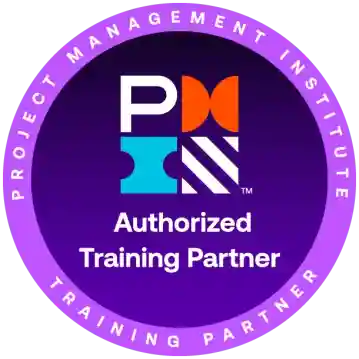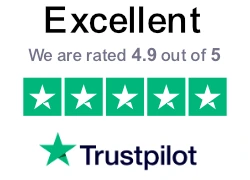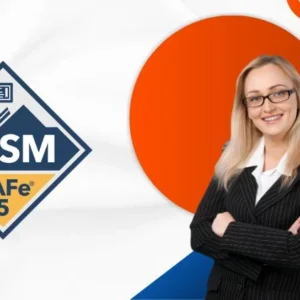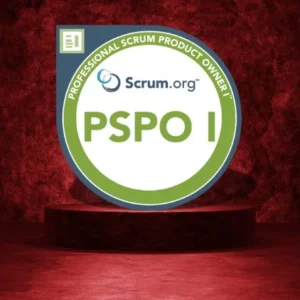Accelerate Your Professional Growth with CLTD Certification Prep
The APICS Certified in Logistics, Transportation & Distribution (CLTD) credential is a globally recognized standard of excellence in supply chain logistics. This comprehensive practice test course provides the insight, timing strategies, and scenario-based training you need to excel—both in the exam and your operational role. These 2 APICS CLTD Certification Practice Tests with realistic scenarios and 160+ practice questions are designed to mirror the new exam blueprint.
These APICS CLTD Certification Practice Tests course prepares you not only for exam success, but equips you to add immediate operational value—through better logistics planning, data-driven negotiation with carriers, and lean warehouse optimizations. A CLTD credential signals competence to employers worldwide and opens pathways to senior supply chain roles, operations leadership, and consulting.
Enroll now to sharpen your logistics acumen, validate your industry expertise, and achieve CLTD certification with confidence.
Gururo is a PMI Authorized Training Partner
At-a-glance
Best for
- Supply chain professionals
- Operations analysts and planners
- Procurement specialists
- Operational consultants
Why Gururo?
- Lowest Cost
- PMI Authorized Training Partner (ATP)
- 24*7 Support
- 365 days access
Course Details
- 2 full-length APICS CLTD practice exams
- 160+ challenging questions
- Instant Access
- Certificate of Completion
Highlights
- Realistic Exam Simulation
- Aligned with actual exam blueprint
- Progress Tracking & Review option
- Unlimited Attempts
What You’ll Learn
- Identify effective logistics, transportation, and distribution network design principles.
- Evaluate storage and warehouse operations including layout planning and material handling.
- Analyze transportation modes, routing, and carrier selection for cost and service optimization.
- Apply principles of compliance, security, and sustainability in distribution management.
- Use inventory management strategies to balance service levels and carrying costs.
- Calculate and interpret logistics performance metrics like OTIF, fill rate, and transportation cost per unit.
- Apply risk management techniques for disruptions in supply chains and transport networks.
- Implement cross-docking, third-party logistics (3PL), and global trade strategies.
Troubleshoot common logistics challenges through scenario-based problem-solving.
Why You Should Enroll:
- 2 Full-Length Practice Exams: Simulating the CLTD exam format, with timing and domain coverage
- Focused Question Sets: Drills per logical topic: inventory, network design, compliance, transportation planning
- Deep-Dive Explanations: Clarify strategic choices, formula derivations, and trade-off analysis
- Performance Feedback: Identify question themes and prioritize revision areas
- Exam Strategy Coaching: Learn how to pace, interpret questions, and apply elimination methods
What You’ll Gain:
- Understanding of key logistics terminology, networks, and distribution strategies
- Capability to design and operate material handling systems and warehouse layouts
- Skills for evaluating transport alternatives and optimizing freight spend
- Compliance knowledge across international shipping, hazardous materials, and security
- Inventory insight including ABC profiling, cycle counting, and buffer analysis
- Ability to calculate performance metrics like OTIF and transportation cost-per-unit
- Risk assessment and mitigation strategies for supply disruptions
- Practices for cross-docking, 3PL partnership optimization, and omni-channel distribution
- Troubleshooting example flows to reduce order cycle time and improve order accuracy
- CLTD-focused exam readiness through timed tests and performance feedback
Course Requirements / Prerequisites
- Familiarity with basic supply chain and logistics terminology is helpful.
- Understanding of inventory concepts like EOQ, safety stock, and reorder points.
- Knowledge of basic mathematical calculations for cost and performance analysis.
- Comfortable analyzing supply and demand data in table or chart form.
- Access to a calculator for performance and rate computations during practice.
- Willingness to review carrier contracts, compliance regulations, and transportation agreements.
- Interest in warehouse operations, including slotting, picking, and shipping processes.
- Familiarity with distribution network strategies like centralization vs. decentralization.
- Motivation to practice both situational and factual exam-style questions.
- No certification or coursework required—this course supports both novices and experienced practitioners.
Who Should Take This Course?
- Supply chain professionals preparing for the APICS CLTD certification exam.
- Logistics, warehouse, and transportation managers refining their domain expertise.
- 3PL and freight forwarding professionals seeking credential validation.
- Operations analysts and planners involved in distribution network design.
- Procurement specialists coordinating inbound logistics and compliance.
- Operational consultants focusing on warehouse and transport optimization.
- Engineers implementing automation, RFID, and other material handling solutions.
- Career switchers transitioning into logistics, supply chain, or distribution management roles.
- MBA or supply chain students preparing for credential-based advancement.
- Anyone who needs practical logistics and transport problem-solving skills for career growth.



















